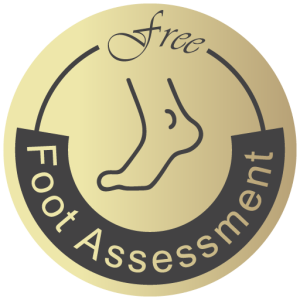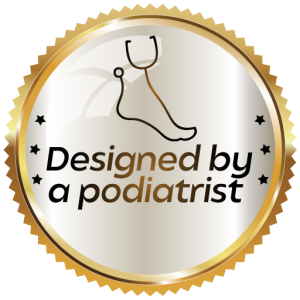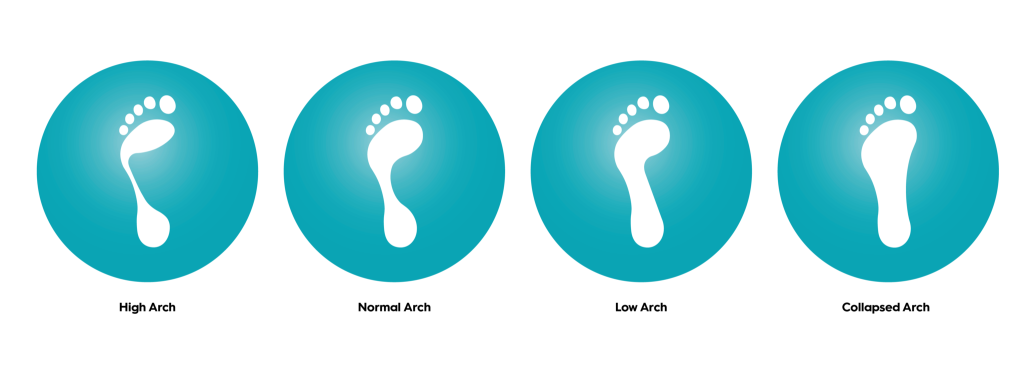



If you suffer from discomfort due to high arch foot also known as cavus foot you’re not alone. A high arch is when the curved area between your heel and the ball of your foot is more elevated than normal. This condition is the opposite of low arch foot or flat feet and can cause various issues, ranging from mild pain to significant structural damage over time. High arch foot can be genetic, meaning some people are simply born with unusually high arches. This can lead to various complications, including increased stress on the foot and surrounding muscles. In some cases, high arches are caused by underlying conditions such as neurological disorders, and without proper treatment, they can result in permanent changes to the foot structure. Experts, including chiropractors and podiatrists, usually recommend non-surgical treatments like orthotics or physical therapy to alleviate the discomfort caused by high-arch feet. In more severe cases, surgery may be necessary, but the majority of people find relief with non-invasive methods. A normal-arch foot sits slightly off the ground when standing, allowing for a balanced distribution of weight across the foot. However, people with high-arch feet have much more space between their arch and the floor, which can lead to discomfort and an inability to find well-fitting shoes. This significant gap causes an imbalance that places excess pressure on the heels and balls of the feet. The effects of high arches go beyond foot pain. The extra stress on the foot’s structure can lead to additional problems, including leg, knee, and back pain. In severe cases, untreated high arch feet can cause long-term disability, limiting mobility and affecting overall quality of life. Finding properly fitting shoes is another challenge for those with high-instep feet, as standard footwear may not provide the necessary support. Without corrective action, the condition can worsen, impacting both daily activities and athletic performance. There are various methods for fixing high-arch foot problems, ranging from non-surgical options to surgical interventions. For most people, orthotic insoles are one of the best solutions. Custom insoles or orthotic footwear are designed to provide tailored support, adapting to the foot’s structure and reducing pressure points. Doctors and podiatrists often recommend orthotics as the first line of treatment for high arches because they help correct walking patterns and improve foot stability. At LifeBalance, we specialize in custom orthotics that offer relief for those suffering from high arch foot pain. Our insoles are engineered to redistribute pressure away from the front part of the foot, allowing for better balance and reduced strain on the arches. If you suspect that you have high arches, it’s important to see a podiatrist for a thorough examination. A specialist can recommend the appropriate treatment based on your foot shape and the severity of the issue. Insoles can offer significant relief in non-surgical cases. Our custom orthotics are designed to improve the functionality of the two major supporting arches of the foot, particularly the transverse and longitudinal arches. By wearing these insoles, you’ll start noticing changes in your walking patterns and posture within a few weeks, leading to long-term comfort and stability. For athletes, high arch feet can be particularly problematic. The added pressure on the feet increases the risk of injury during physical activity. However, LifeBalance custom orthotics can help prevent injuries by offering the support needed to protect against excessive strain. Whether you’re running, jumping, or engaging in high-impact sports, our insoles are designed to enhance performance while safeguarding your feet from harm. When selecting orthotic insoles for high arch foot, it’s crucial to consider the specific needs of your feet. Insoles are designed with the highest quality materials to ensure long-lasting comfort and support. Whether you need insoles for everyday wear or high-impact activities, our custom orthotics are tailored to provide maximum relief and improved foot health. If you’re experiencing discomfort due to high arches or are struggling to find shoes that fit properly, it’s time to consider custom orthotics. Visit LifeBalance’s Comfort Shoe Center today to explore our range of solutions for high arch foot and other foot-related issues. With the right support, you can improve your quality of life and protect your feet from future problems.What Causes High Arch Foot?
Difference Between Normal Feet and High Arch Feet
How Does Cavus Foot Affect the Body?
How to Fix High Arch Foot
How Orthotics Help High Arch Foot
Benefits of Orthotics for Athletes with High Arches
Types of Foot Arches

Choosing the Right Insoles for High Arches
Take the Next Step Toward Comfort

